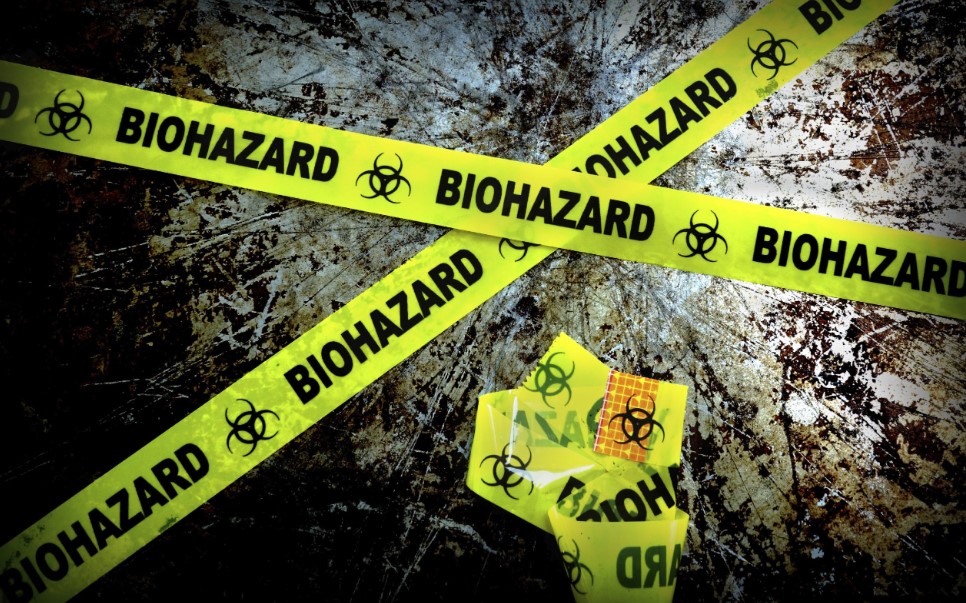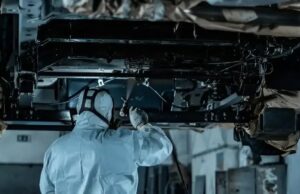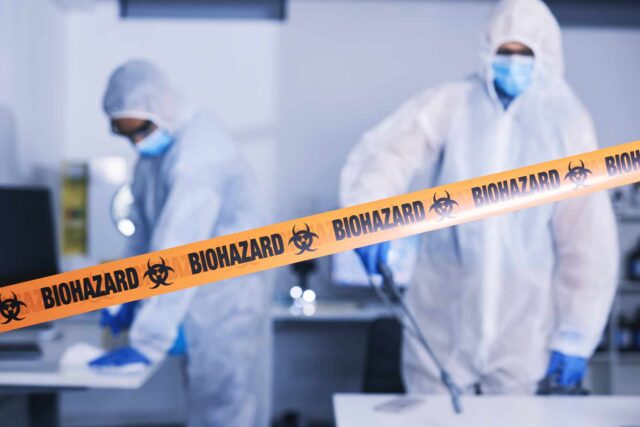
Biohazard contaminants are dangerous to humans and can come in various forms. Cleaning them requires specialized knowledge and equipment to ensure safety. Biohazard materials can cause severe health risks, which makes understanding how to handle and remove them crucial.
Improper handling of these contaminants can lead to infections, long-term health problems, or environmental damage.
Key Points:
- Biohazard contaminants come in various forms.
- Specialized equipment is necessary to clean biohazard materials.
- Bloodborne pathogens are common biohazard contaminants.
- Proper disposal of biohazard materials is required by law.
Common Types of Biohazard Contaminants
Biohazards include any substance that poses a risk to human health. The most common types include bodily fluids, bloodborne pathogens, animal waste, and chemical waste.
Bodily fluids are often present in situations involving accidents or trauma. Blood, urine, vomit, and other fluids can carry diseases. Exposure to them can lead to infection, making careful handling essential.
Bloodborne pathogens are viruses or bacteria present in human blood. These can transmit diseases like HIV, hepatitis, and more. When blood is present, there is always the risk of exposure to these dangerous pathogens.
Animal waste, including feces, can be dangerous in certain environments. Bacteria, parasites, and other contaminants can live in animal waste and spread diseases to humans.
Chemical waste poses a risk due to its toxic nature. Improper handling of hazardous chemicals can cause respiratory problems, skin irritation, or poisoning.
In any of these situations, cleaning requires specialized knowledge. For Ontario residents area, God’s Cleaning Crew is one of the best biohazard cleaner in Toronto, Ontario. Their team is trained to handle everything, from bloodborne pathogens to chemical spills. They follow strict safety protocols to protect both themselves and their clients.
Steps to Properly Clean Biohazard Contaminants
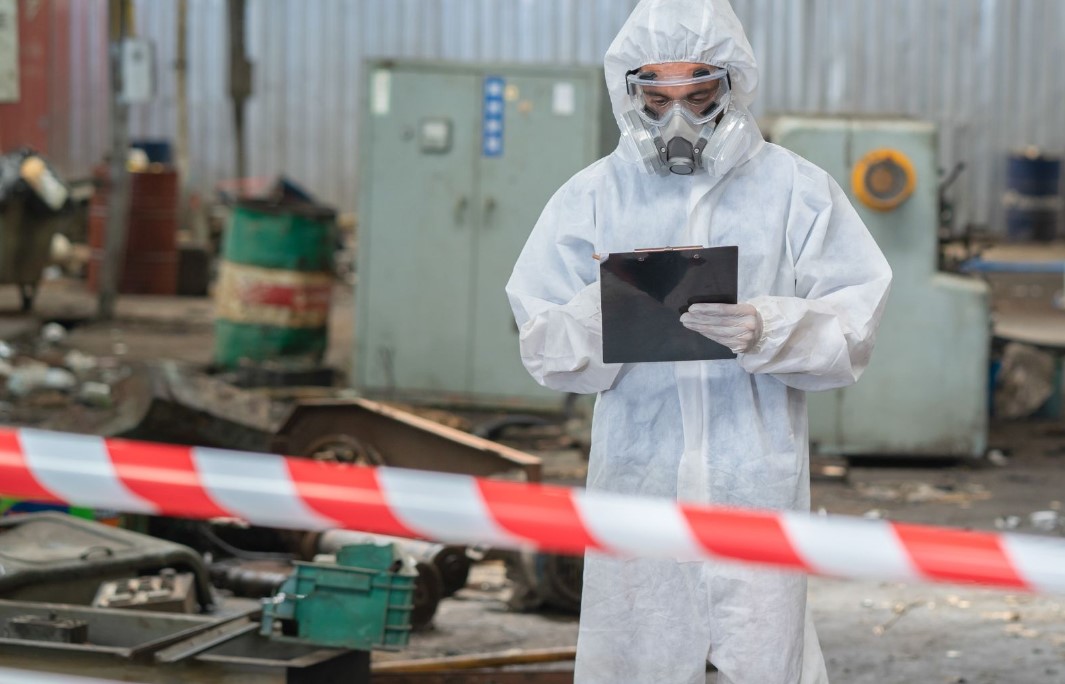
Biohazard cleanup requires specific procedures to ensure safety.
- The first step is always personal protection. Cleaning professionals wear protective gear to avoid contact with dangerous substances. This includes gloves, masks, and full-body suits.
- Once properly protected, the affected area is sealed off to prevent contamination from spreading. This step limits the risk to other people or areas and helps contain any hazardous materials.
- The contaminated materials are removed and disposed of following legal requirements. Biohazard materials are considered hazardous waste, so they must be disposed of in biohazard containers and sent to licensed disposal facilities.
- Once the contaminated materials are removed, the area must be thoroughly cleaned. A combination of cleaning agents and disinfectants ensures that no traces of contaminants remain. Sterilization of the area follows cleaning, ensuring that no harmful microorganisms are left behind.
- Finally, the area is tested to confirm that it is safe. Professionals use testing methods to verify that all contaminants have been removed.
Bloodborne Pathogens and Body Fluid Cleanup
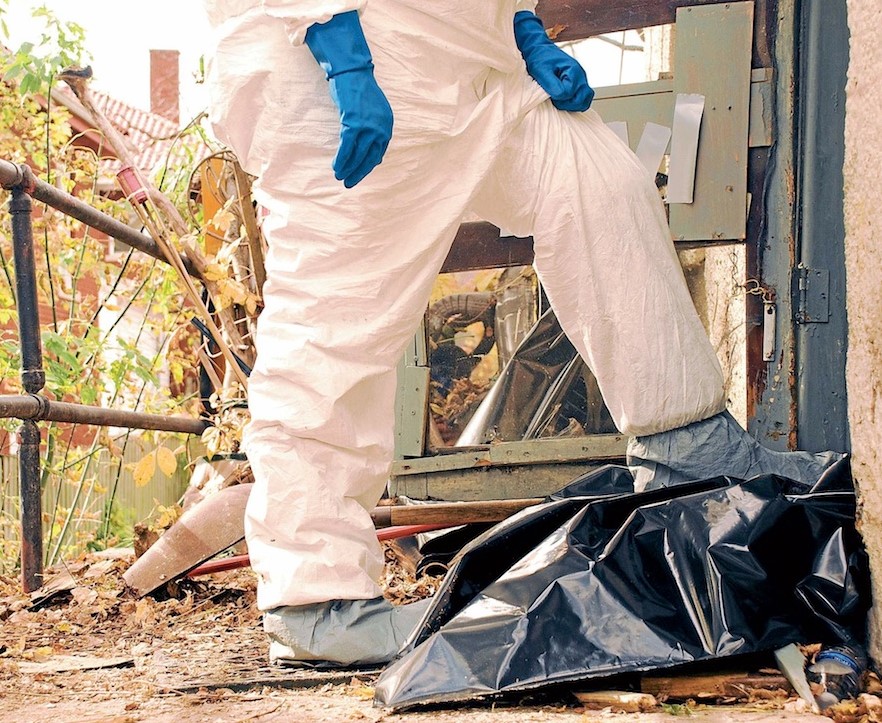
Bloodborne pathogens can cause serious diseases and infections. Cleaning areas contaminated with blood or bodily fluids requires extra caution. Blood can contain HIV, hepatitis, and other harmful pathogens. Without proper equipment and cleaning techniques, exposure to these can lead to serious health risks.
Special cleaning agents are used to neutralize bloodborne pathogens. These agents break down proteins in blood, killing any harmful bacteria or viruses present. Once the area is cleaned, it is then disinfected to ensure no pathogens remain.
Personal protective equipment (PPE) is always necessary when handling blood or bodily fluids. This prevents exposure to harmful pathogens during the cleanup process. Gloves, masks, and protective suits are standard gear used by professionals.
Animal Waste Contaminants
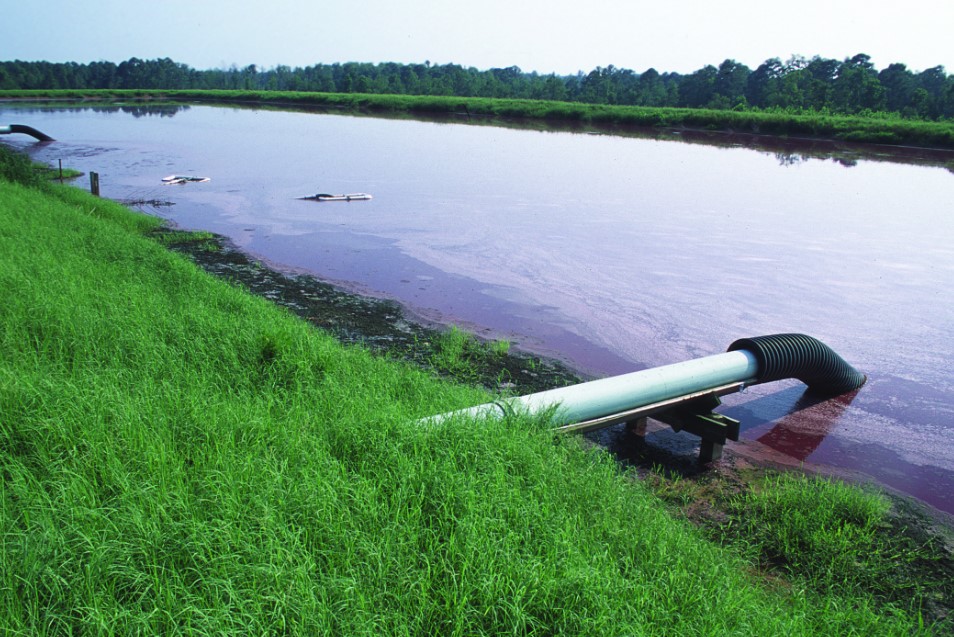
Animal waste can also pose a biohazard risk, especially in areas where large amounts of feces or urine are present. Cleaning animal waste requires special attention to detail. Animal feces can carry bacteria like E. coli, salmonella, or parasites that can infect humans.
Cleaning up animal waste involves removing the waste itself, followed by a thorough cleaning of the affected area. Special disinfectants are used to kill any remaining bacteria or parasites. It is important to avoid direct contact with the waste, as it can lead to infection.
The area is also checked for any other signs of contamination. Animal waste can attract pests, which can lead to further biohazard risks. In such cases, pest control may be necessary to prevent further contamination.
Chemical Biohazard Contaminants
Chemical contaminants can be highly dangerous, causing respiratory problems, skin irritation, or even death if not handled properly. Chemical spills in laboratories or industrial areas require immediate cleanup to prevent exposure.
Cleaning chemical biohazards involves neutralizing the chemicals using specific agents. The cleaning process depends on the type of chemical and the extent of the spill. Personal protection is crucial, as exposure to toxic chemicals can lead to severe health issues.
Professionals are trained to handle different types of chemical spills, using the correct cleaning agents and procedures for each situation. Chemical biohazards must be disposed of according to strict regulations, ensuring that the chemicals do not pose further risks.
Legal Considerations for Biohazard Cleanup
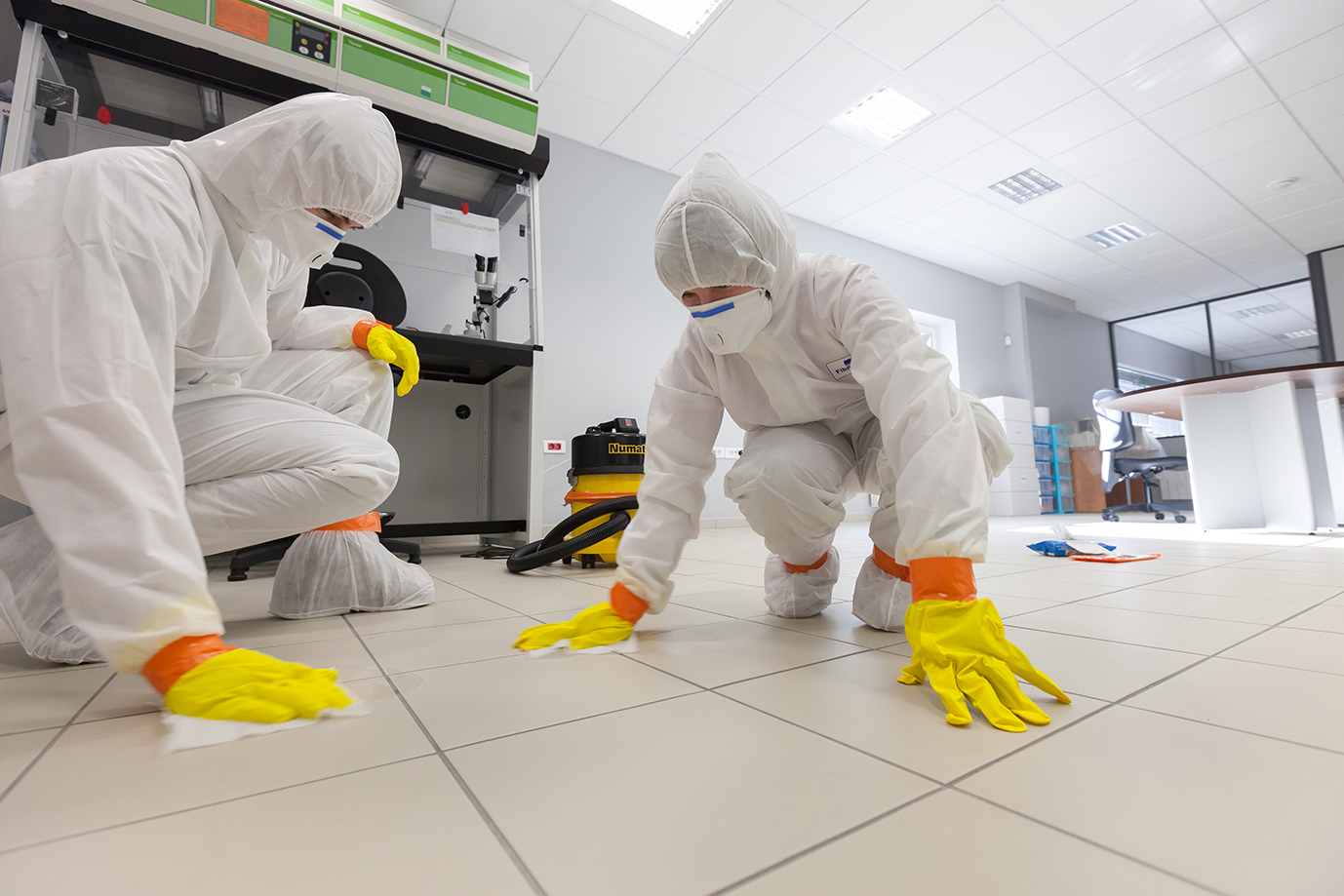
Biohazard materials are subject to strict regulations regarding their disposal. Failing to follow these regulations can result in fines or legal consequences. When cleaning biohazard contaminants, it is essential to know the laws governing the disposal of hazardous waste.
For example, blood, bodily fluids, and tissues must be placed in biohazard containers and sent to licensed disposal facilities. Failure to follow these procedures can lead to contamination and health risks.
Chemical waste is also regulated. Toxic chemicals must be neutralized and disposed of according to government standards. This helps prevent environmental contamination and ensures public safety.
Professionals know the legal requirements for biohazard cleanup and make sure everything is handled properly.
Conclusion
Biohazard contaminants pose serious health risks, and cleaning them requires specialized knowledge. Whether dealing with bloodborne pathogens, animal waste, or chemical spills, the correct approach is vital. Wearing personal protective equipment, sealing off the area, removing contaminants, and disinfecting the space are all necessary steps.
Professional cleaners ensure that biohazard materials are handled and disposed of safely. Proper cleaning protects both health and the environment, making professional services essential when dealing with dangerous contaminants.

